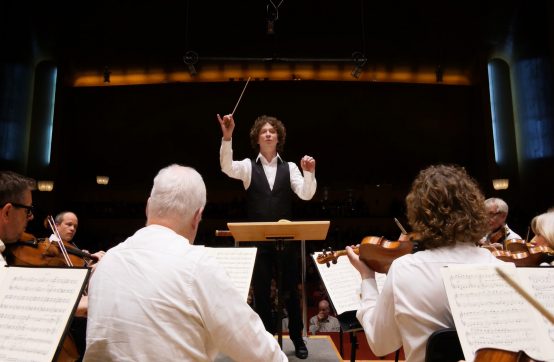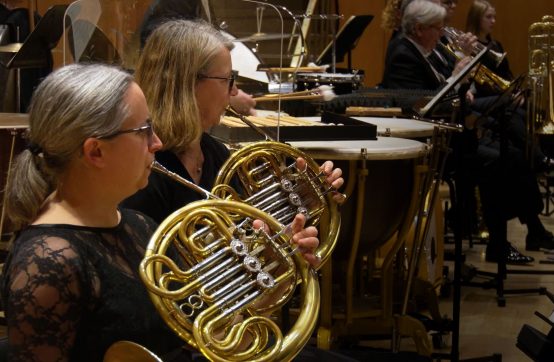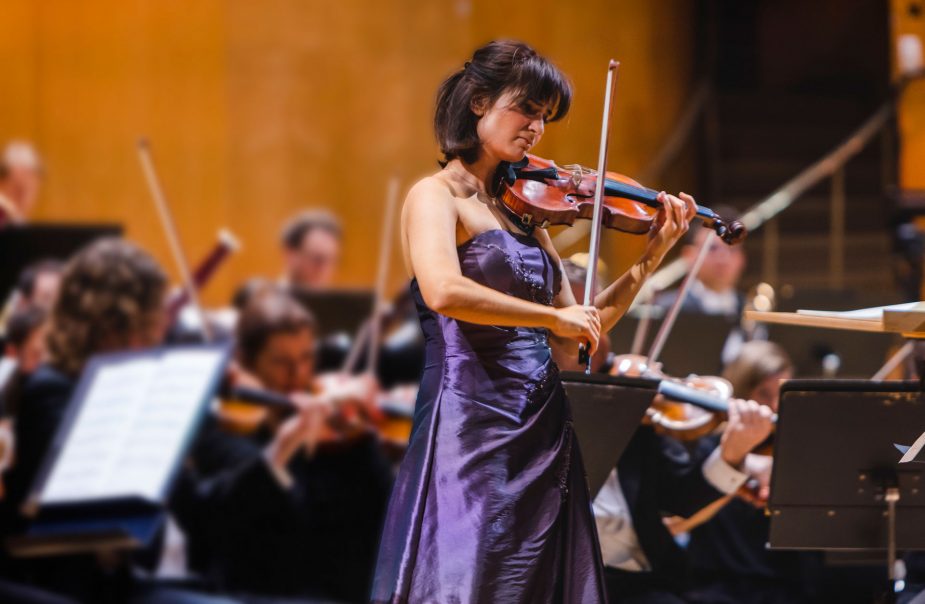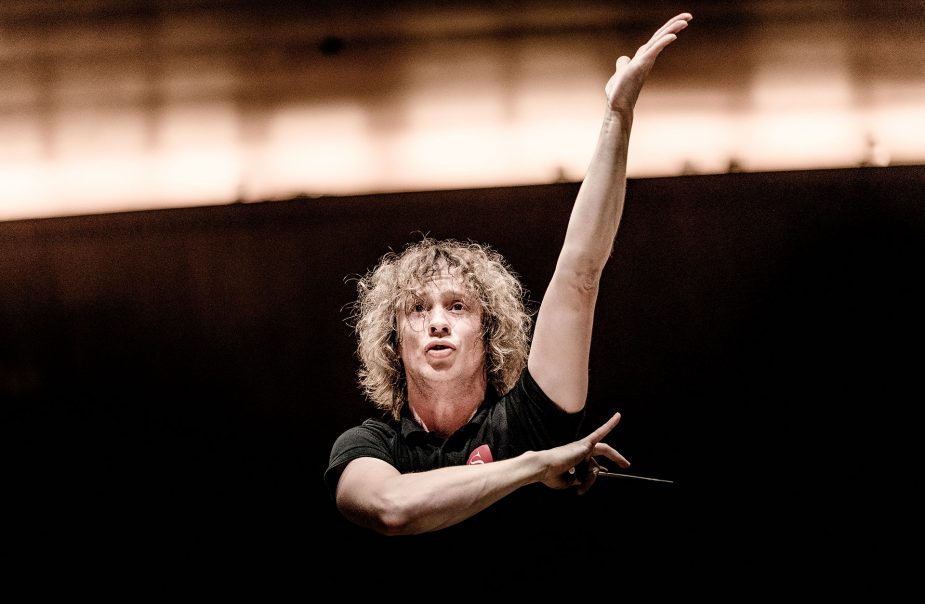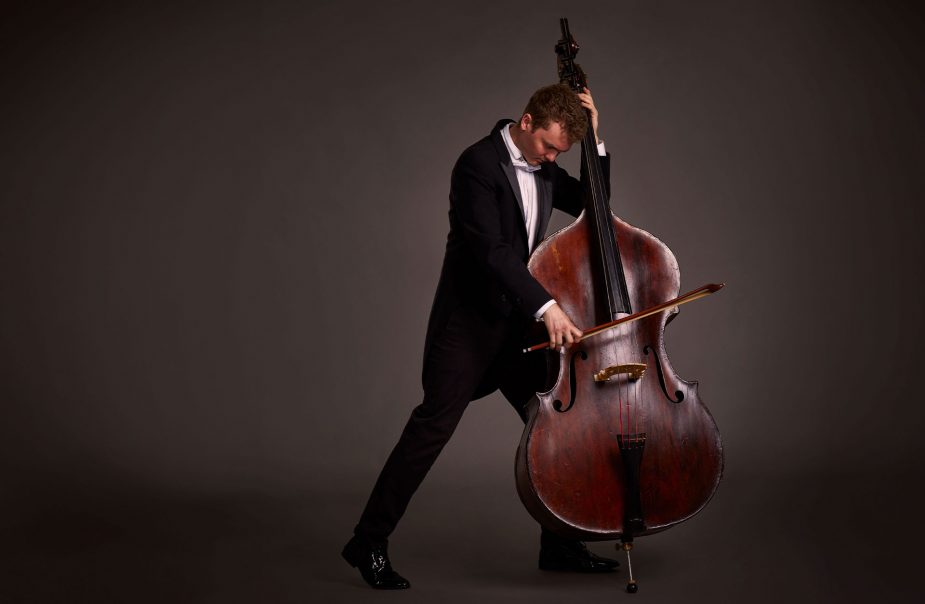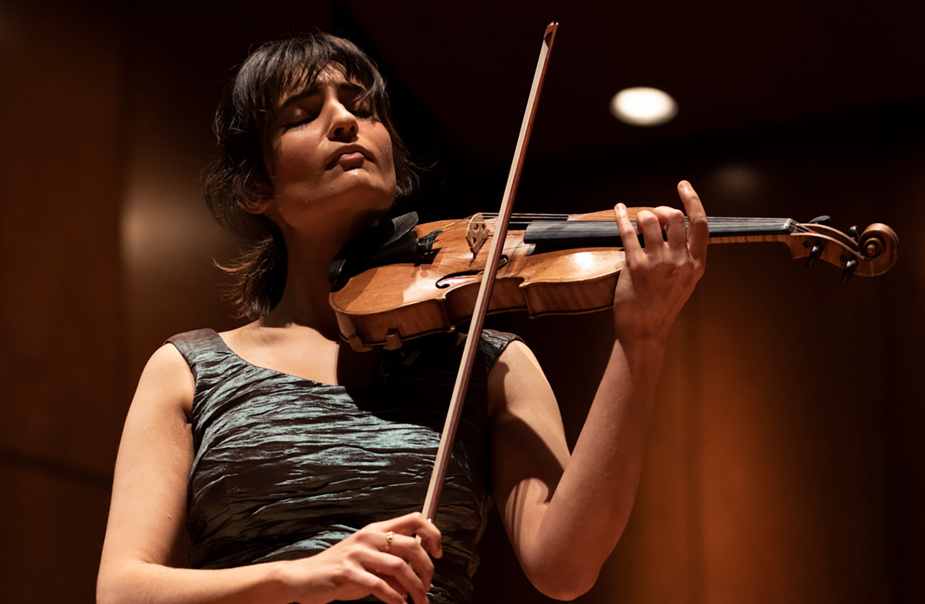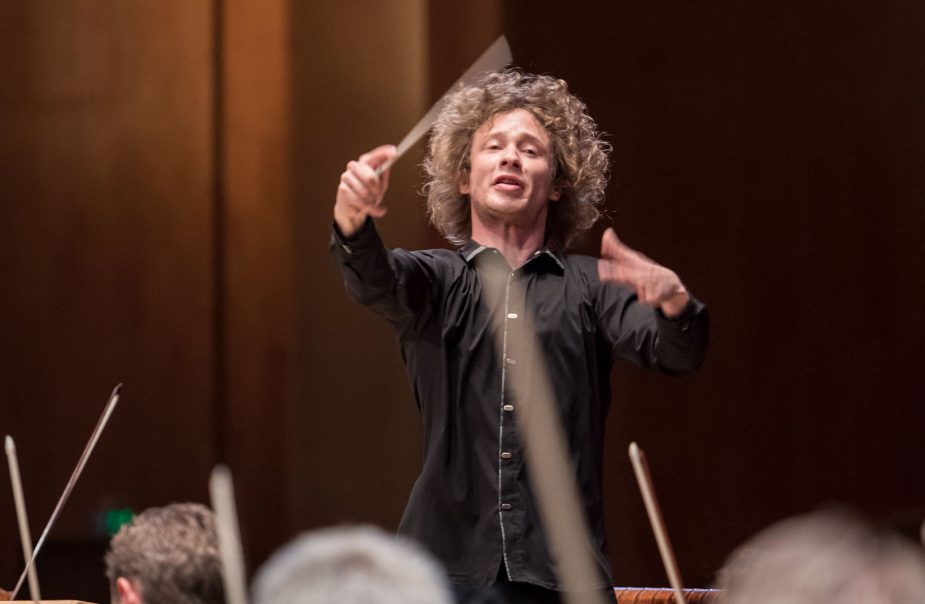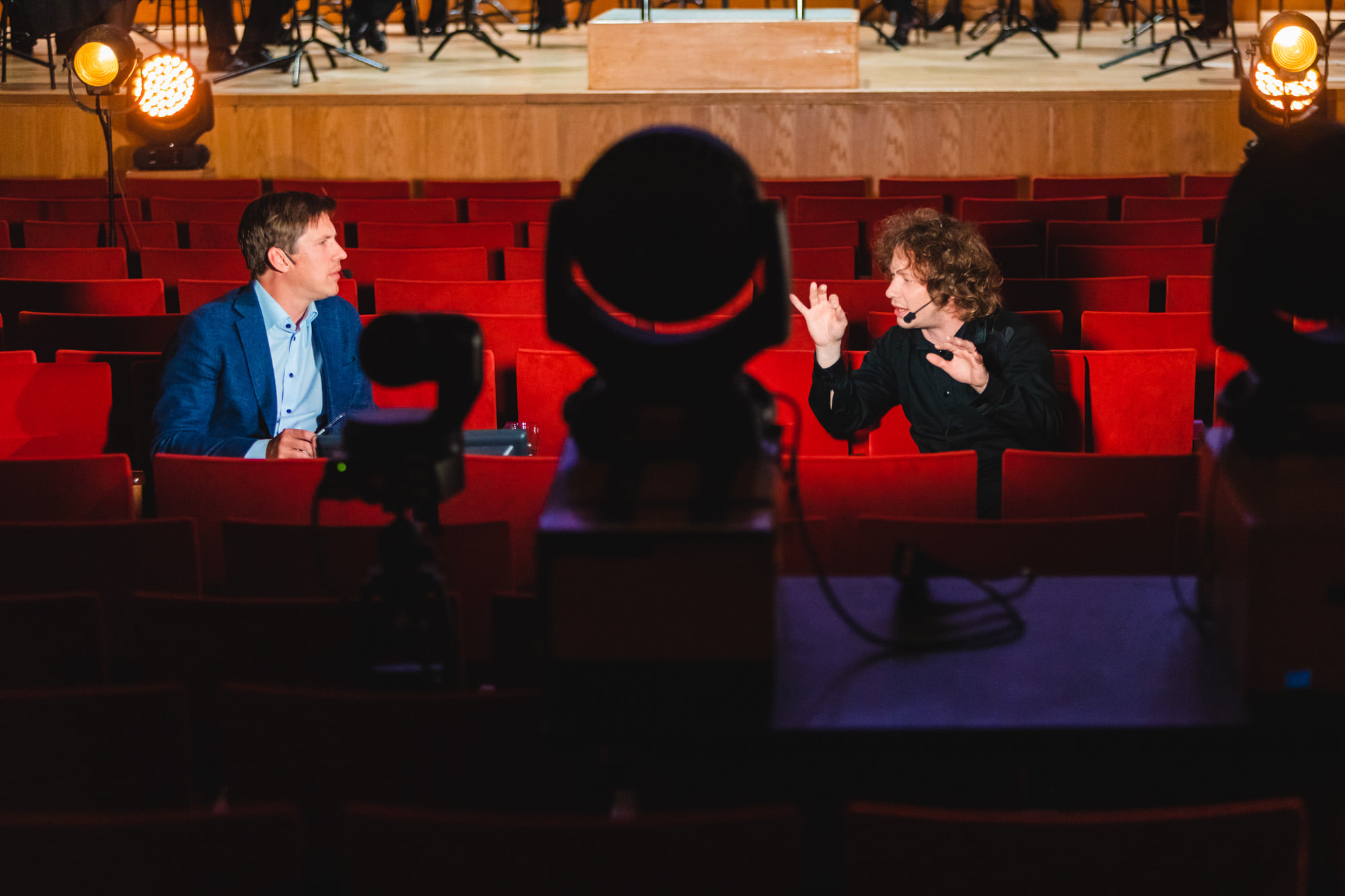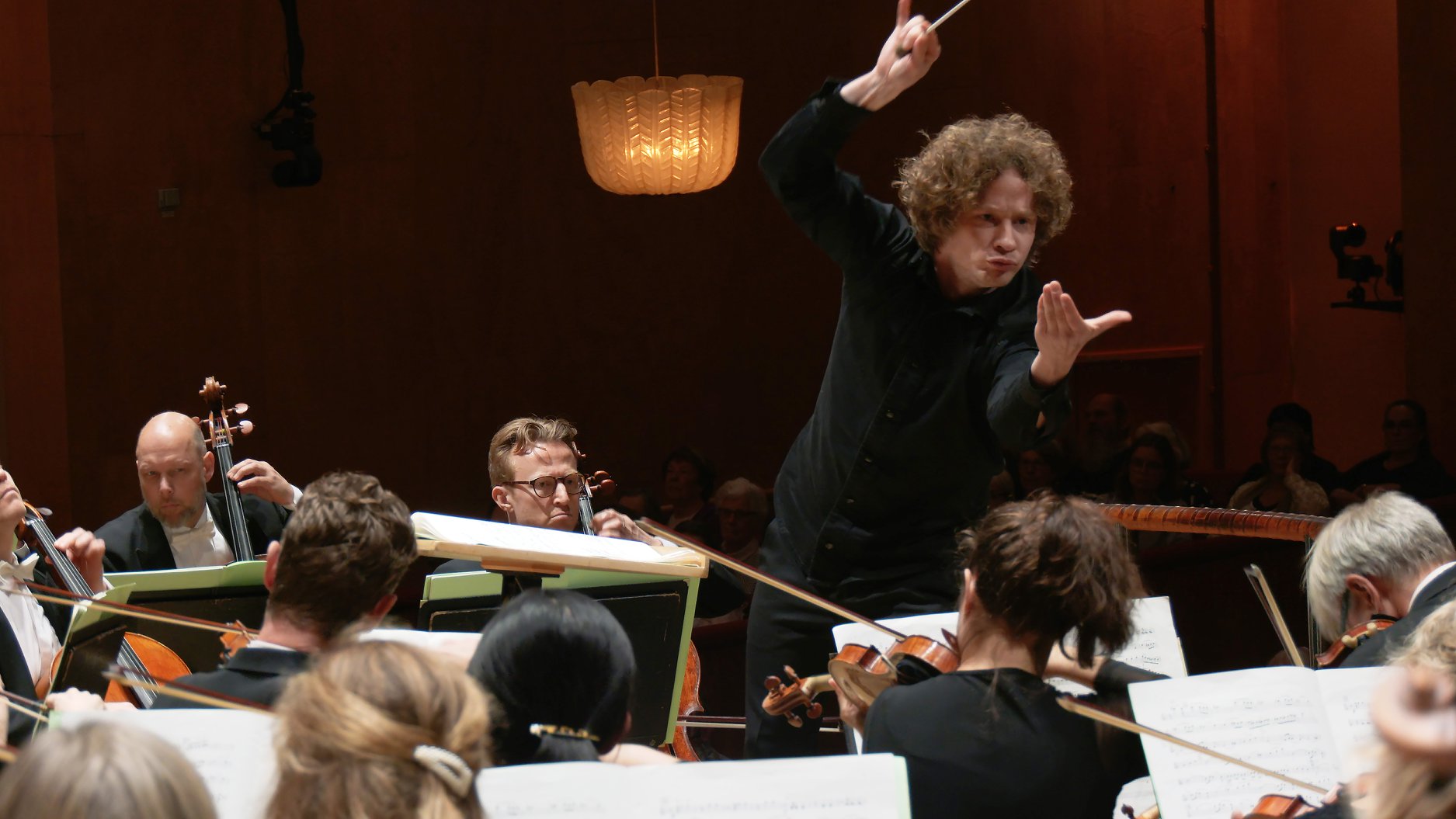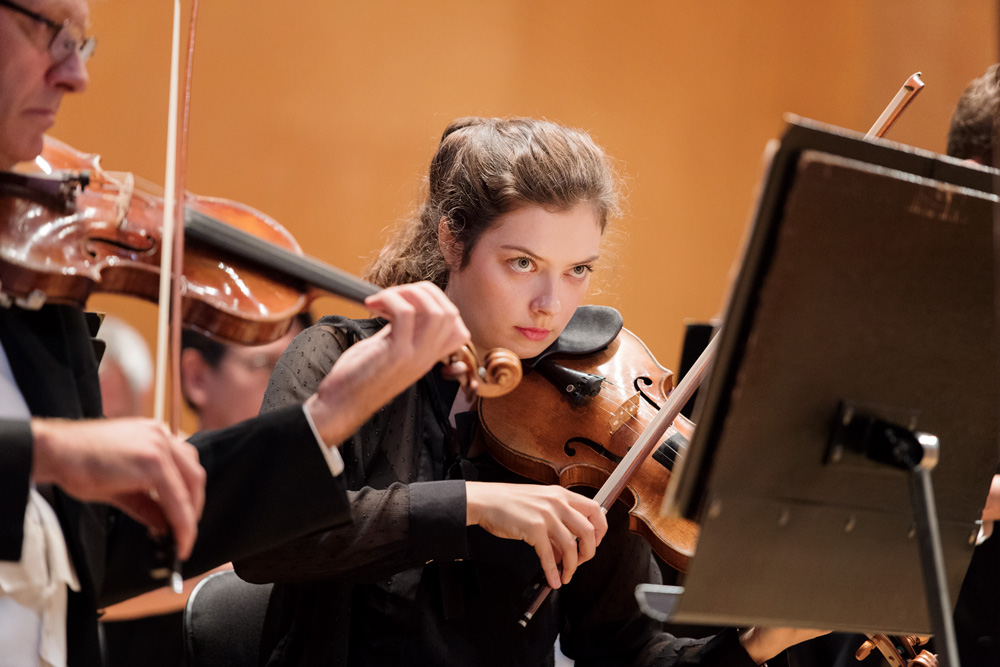Tchaikovsky: Symphony No 5
The concert was performed live February 24 2022. The orchestra played Tchaikovskys Symphony No 5 wearing white shirts as a stance for peace, freedom and democracy.
Peter Tchaikovsky had been financially independent for a long time when he embarked on his fifth symphony in the summer of 1888. A wealthy widow, Nadezhda von Meck, had been so captivated by his compositions that she gave him a generous annual maintenance, which freed him from private students and other income-earning but time-consuming occupations. He could now compose full time, and he also quickly reached perfection. The Fifth Symphony is a proof of this. It had been ten years since the Fourth Symphony, and in the meantime he had written five operas, including the famous Eugene Onegin, as well as the string ensemble, Capriccio Italien, the second piano concerto, the 1812 overture and much more; that is, several of his most famous works. He had also had time to complete his first European tour as a conductor, the disastrous as well as entering into marriage with Antonia Miliukova, trying to kill himself in the icy waters of the Moscow River and fled to Switzerland. After four months of working on the symphony, he wrote to Madame Meck that he was almost done with his ‘fate symphony’. He likens his work to a complete resignation to fate – and this is certainly related to the emotional problems surrounding his homosexuality.
In contrast to the brutal nature of the fourth symphony, the motif of fate appears in the fifth in the low registers’ low register. You are immediately gripped by the simplicity and harmony, by the sensitively placed wind solo. The second movement allows two emotionally charged motifs to alternate with each other. One is presented by the horn and the other by the oboe. But here, too, the motive of fate changes. The third movement contributes with contrast in the form of a well-polished elegant waltz, the dance form that so many times attracted masterpieces from Tchaikovsky’s pen. It starts as if it were a ballet stage and only eventually does the music take on a symphonic character. The dark thoughts do not escape even in the whirlpools of the bale. In the finale, the theme of fate undergoes a transformation. The tempo becomes more march-like and changes in major – it gradually becomes even grandiose. From being too inward-looking, it has now become almost aggressively outward-looking, and this tells a lot about the tormented author’s inner emotional life.


